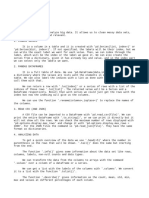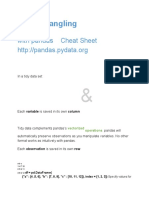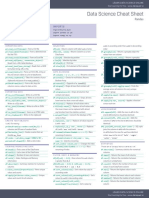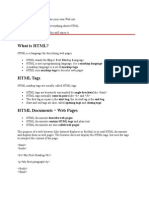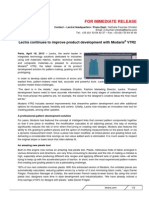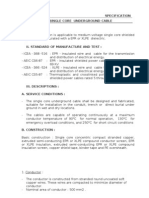0% found this document useful (0 votes)
147 views9 pagesContent Pandas Cheat Sheet
This document provides an overview of key pandas functionality for reading, writing, manipulating, and analyzing data in Python. It covers topics such as installing pandas, importing data from files, creating and accessing DataFrames and Series, descriptive statistics, filtering and grouping data, joining DataFrames, and cleaning data. The document serves as a helpful introduction and reference guide for common pandas operations.
Uploaded by
Turya GangulyCopyright
© © All Rights Reserved
We take content rights seriously. If you suspect this is your content, claim it here.
Available Formats
Download as PDF, TXT or read online on Scribd
0% found this document useful (0 votes)
147 views9 pagesContent Pandas Cheat Sheet
This document provides an overview of key pandas functionality for reading, writing, manipulating, and analyzing data in Python. It covers topics such as installing pandas, importing data from files, creating and accessing DataFrames and Series, descriptive statistics, filtering and grouping data, joining DataFrames, and cleaning data. The document serves as a helpful introduction and reference guide for common pandas operations.
Uploaded by
Turya GangulyCopyright
© © All Rights Reserved
We take content rights seriously. If you suspect this is your content, claim it here.
Available Formats
Download as PDF, TXT or read online on Scribd
/ 9




